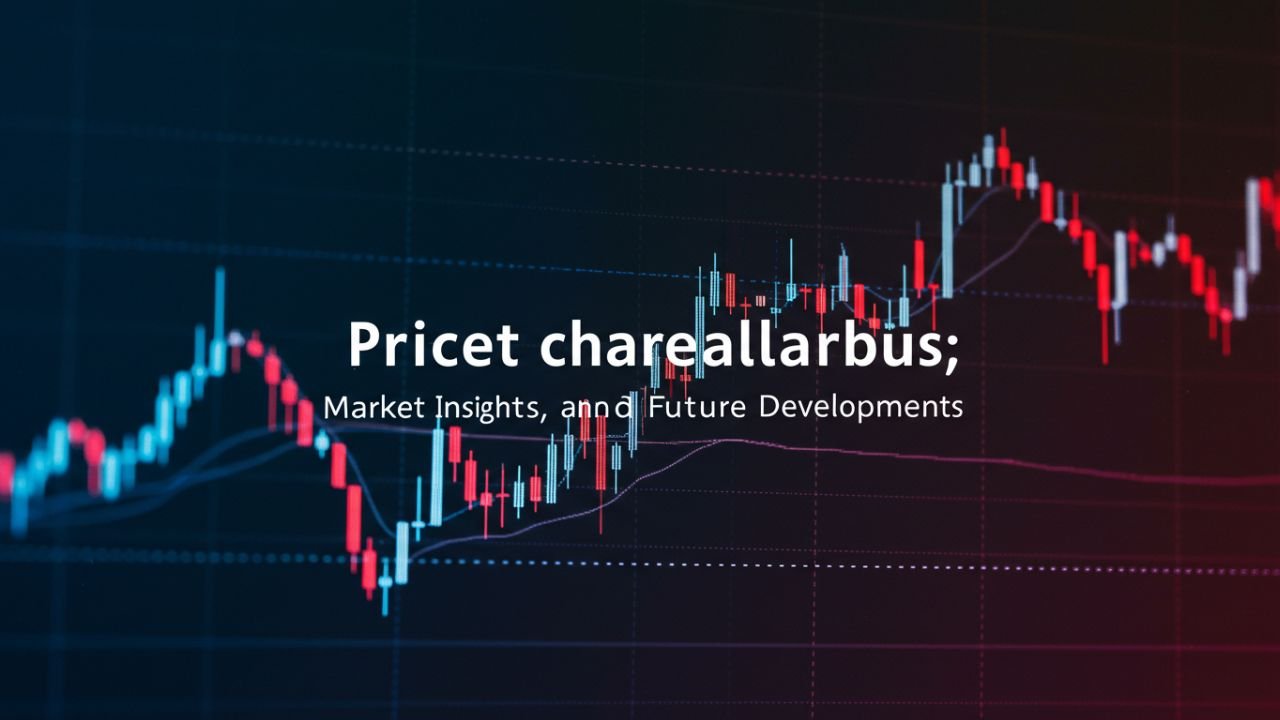Introduction
In today’s fast-changing economy, understanding market pricing systems is more important than ever. The term price charalabush reflects the study of value, cost structures, and the factors that shape how prices are set across industries. It is not just about numbers on a chart but about interpreting patterns that drive consumer behavior, business strategies, and global market shifts. By exploring it, businesses and individuals can learn how to adapt to evolving economic conditions while staying ahead of competitors.
Defining Price Charalabush
At its simplest, price charalabush can be described as the method of evaluating and tracking pricing behavior in a given market. It serves as a reference point for analyzing:
-
How value is determined.
-
The relationship between demand, supply, and cost.
-
The external forces that disrupt or stabilize prices.
Unlike static models, it highlights the dynamic nature of pricing, showing that value is never fixed but always influenced by multiple factors.
Why Price Charalabush Matters Today
Studying price charalabush is valuable because it directly impacts decision-making for consumers, businesses, and investors.
-
For Consumers – It helps individuals recognize fair value and avoid overspending.
-
For Businesses – Pricing knowledge supports competitive strategies and market positioning.
-
For Investors – Market predictions based on pricing help in making profitable choices.
-
For Economists – It reveals larger patterns in trade, production, and financial growth.
By paying attention to it, stakeholders gain a clearer perspective on both short-term fluctuations and long-term stability.
Core Elements That Shape Price Charalabush
Several key elements define how it operates:
-
Demand & Supply Curve: If demand rises faster than supply, prices climb. The opposite drives costs downward.
-
Production Costs: Manufacturing, labor, and logistics expenses directly affect prices.
-
Technological Change: New innovations often reduce costs, altering pricing structures.
-
Government Policies: Regulations, tariffs, and taxes can either stabilize or disrupt pricing models.
-
Global Trade Influence: International partnerships, wars, or embargoes impact price levels worldwide.
Together, these elements create the foundation for understanding it at both local and global scales.
Historical Context of Price Charalabush
Throughout history, the idea of price charalabush has existed under different names and models. From early barter systems to industrial pricing and today’s digital marketplaces, humans have always searched for ways to measure fair value. Ancient civilizations traded based on scarcity, while modern economies rely on complex calculations involving supply chains, consumer psychology, and financial forecasting. The study of price charalabush continues this tradition by offering modern tools for a timeless problem: defining worth.
Price Charalabush in Different Industries
The application of price charalabush varies widely depending on the sector:
-
Technology: New gadgets often see high launch prices, which later decline as production scales.
-
Healthcare: Medicine and equipment prices depend heavily on demand, patents, and regulations.
-
Agriculture: Seasonal cycles create sharp price shifts in crops and livestock.
-
Energy: Oil and renewable energy markets influence global cost structures.
-
Real Estate: Housing markets show how social demand and investment trends interact with value.
Each industry adapts the principles of price charalabush to its own challenges, making the concept versatile and widely relevant.
Modern Trends Shaping Price Charalabush
In the digital era, pricing strategies have transformed significantly. Current trends include:
-
AI-Driven Pricing: Businesses use predictive algorithms to adjust prices in real time.
-
E-Commerce Transparency: Online platforms make it easier to compare prices instantly.
-
Sustainability Pricing: Eco-friendly products are valued differently due to rising environmental awareness.
-
Global Volatility: Trade tensions and currency shifts frequently influence value.
These modern patterns reveal that price charalabush is no longer limited to simple supply-and-demand models but also linked to digital tools and global concerns.
Challenges in Tracking Price Charalabush
Despite its usefulness, studying price charalabush is not without difficulties:
-
Market Uncertainty: Sudden crises such as pandemics or wars can disrupt pricing models.
-
Data Complexity: Large volumes of economic data can overwhelm analysts.
-
Inflation Risks: Long-term inflation makes stable predictions harder.
-
Consumer Behavior: Rapid changes in customer preferences can quickly shift demand.
These challenges make it clear that tracking price charalabush requires flexibility and constant monitoring.
Future Outlook of Price Charalabush
Looking ahead, the future of price charalabush will likely be shaped by digital transformation, sustainability initiatives, and greater global integration. Businesses that invest in data-driven pricing tools will gain a competitive advantage, while consumers will benefit from increased transparency. As markets evolve, understanding price charalabush will remain essential for making informed economic decisions.
Practical Tips for Monitoring Price Charalabush
For individuals and organizations interested in following price charalabush, here are a few strategies:
-
Use Digital Analytics Tools – Track live updates and trend forecasts.
-
Follow Industry Reports – Economic journals and sector-based studies provide valuable insights.
-
Network With Experts – Discussions with analysts, economists, and traders add depth.
-
Stay Informed About Global Events – Geopolitical news often signals price changes ahead of time.
By applying these tips, anyone can stay one step ahead when it comes to understanding price charalabush.
Conclusion
The study of price charalabush is more than just a look at numbers it is about understanding the heartbeat of global and local markets. It connects consumer behavior, business strategy, and economic growth into a single framework that helps predict value. From agriculture to technology, from history to the future, price charalabush demonstrates how deeply pricing affects every aspect of our lives. Those who master this knowledge will find themselves better prepared for both challenges and opportunities in the modern economy.
